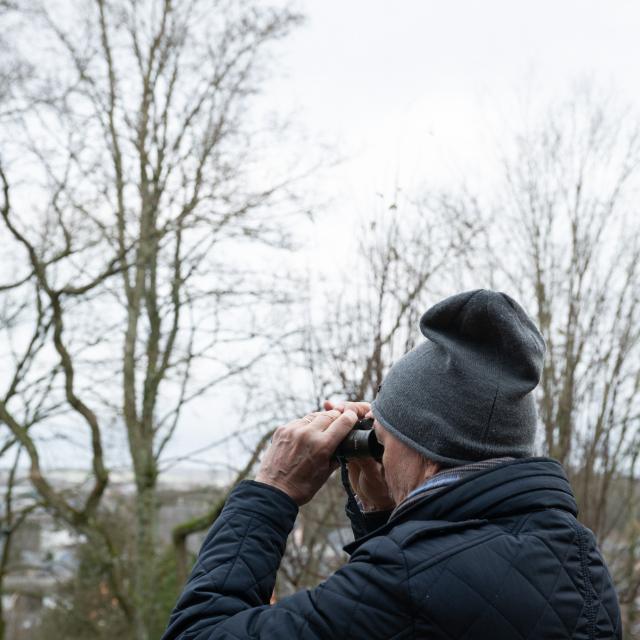Citizen science: More than just data collection
By Christian Block, Lex Kleren, Misch Pautsch Switch to German for original article
Citizen science is the involvement of citizens in research projects. The concept is gaining in importance, even if the level of participation can vary greatly. But it is also a question of resources. Insight into an area where there is still a lack of overview.
Blue tits, wall cinnamonweed, common firebugs: In around four years, people have submitted more than 260,000 observations of flora and fauna in Luxembourg via the iNaturalist app. It's really easy: download the app, create an account, upload a photo or sound recording, use the species identification tool and send in the observation with the location and time. Other users or experts can then view the entry online and confirm or correct the species.
Since the National Museum of Natural History joined the network in 2019, the country has had "a tool that we can offer to everyone, with which you can easily make an initial identification via the app and be part of a network, " says Paul Braun. As digital curator at the "Naturmusée", he is responsible for digitising the museum's collections and co-manages the iNaturalist project.
A wide variety of profiles come together on the platform. "We can draw on a large community of experts, but also a large community of normal users that we didn't have before in this way." What used to be a cumbersome process via email when nature enthusiasts needed help identifying an insect or plant has since become dynamic and open.
You want more? Get access now.
-
One-year subscription€185.00/year
-
Monthly subscription€18.50/month
-
Zukunftsabo for subscribers under the age of 26€120.00/year
Already have an account?
Log in


